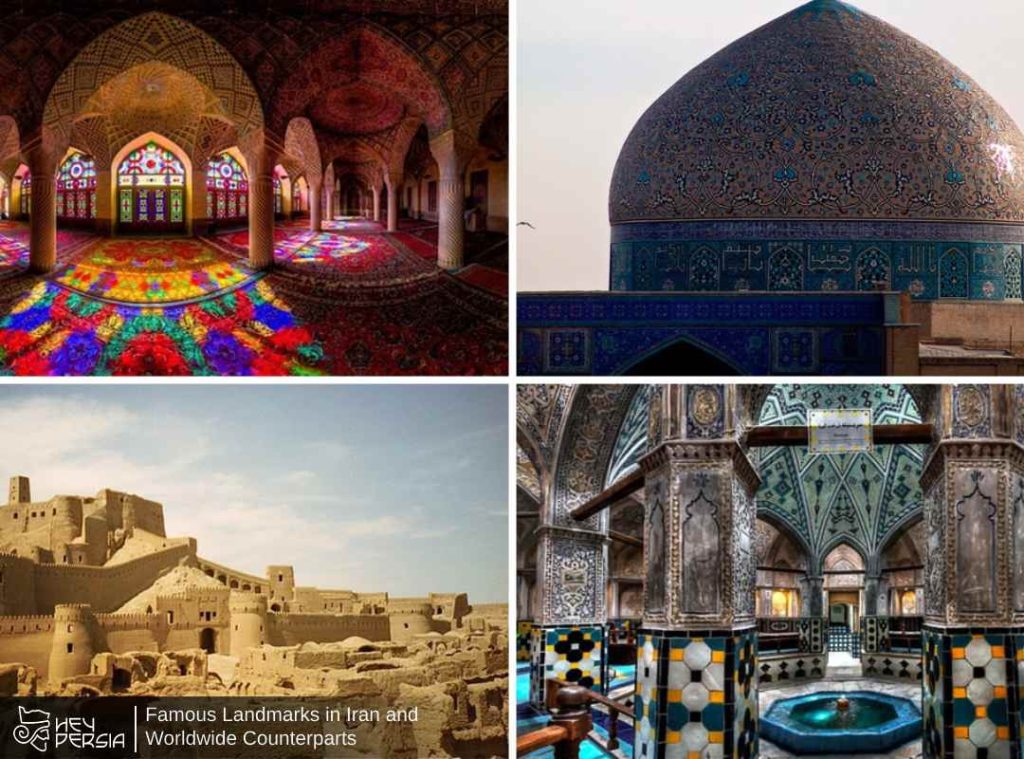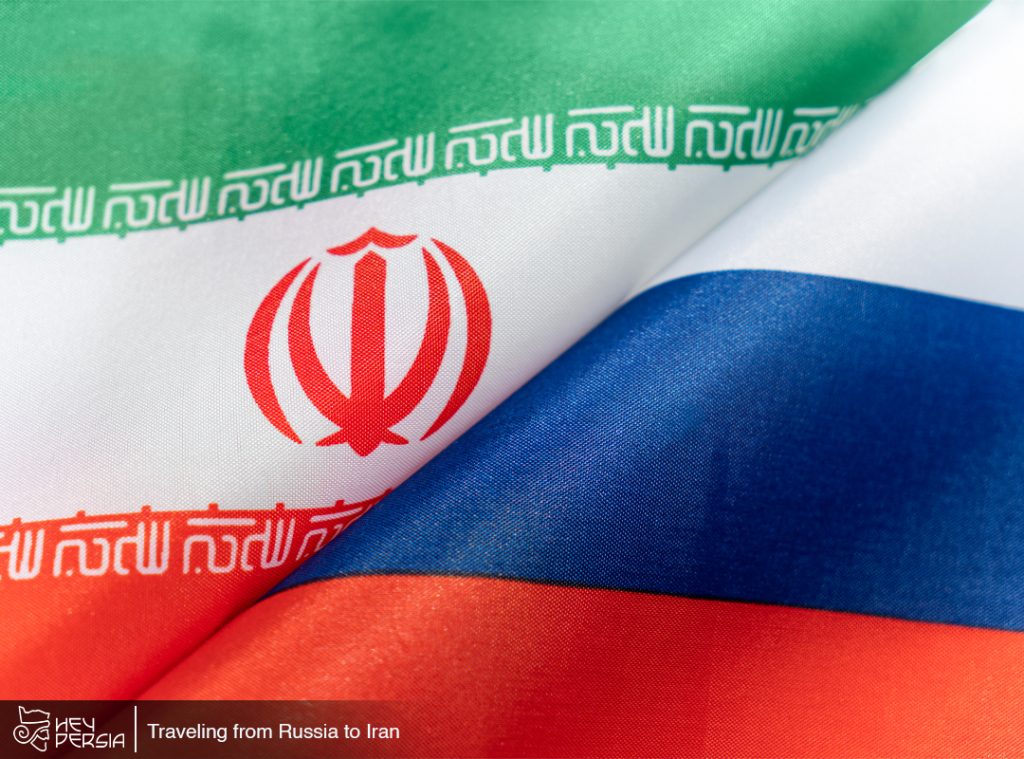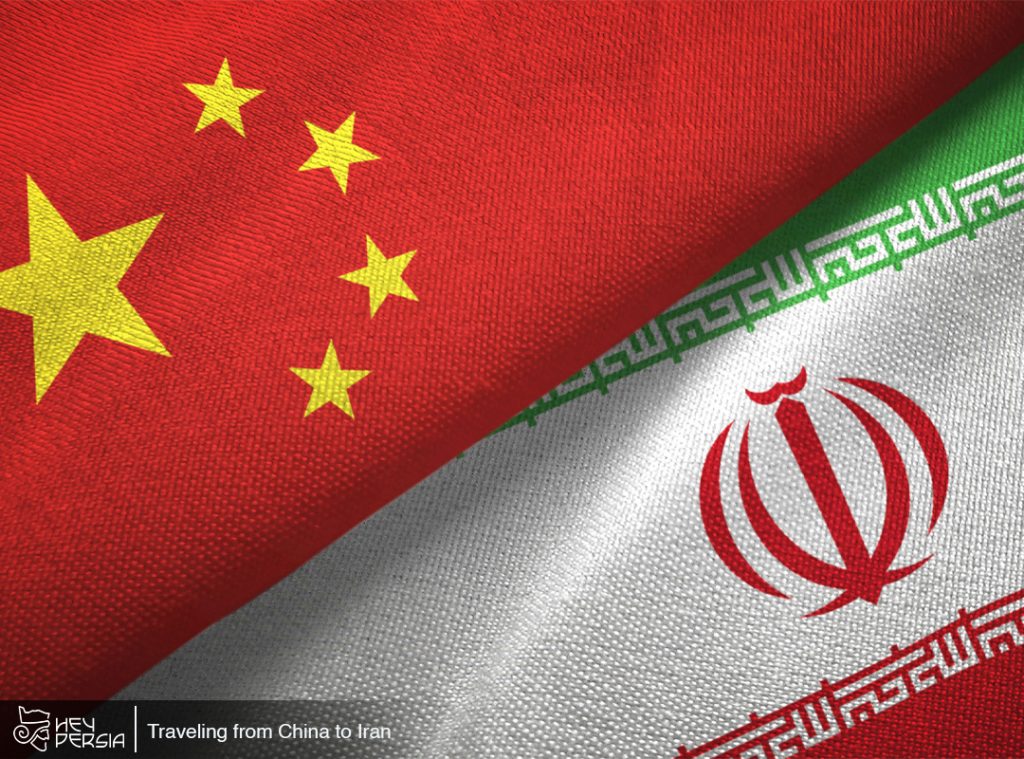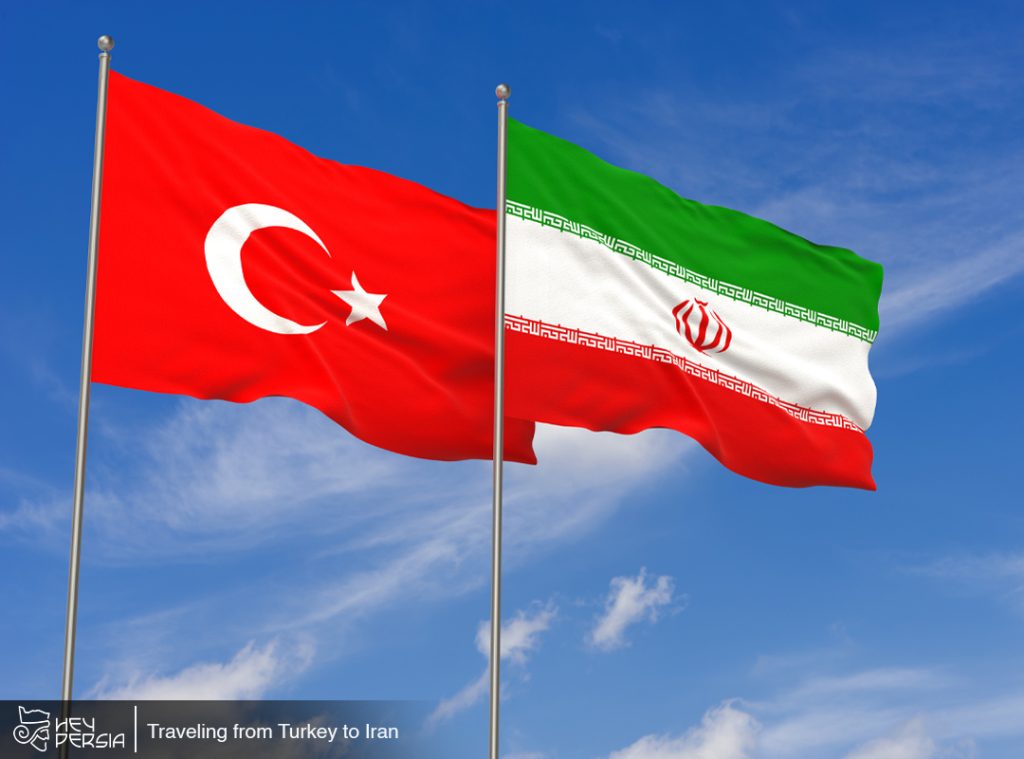Iran builds famous landmarks that rival global landmarks, blending Persian creativity with universal design elements. These sites actively reflect aesthetic, structural, or symbolic connections to the world’s most iconic structures while showcasing Iran’s unique cultural identity. Here, We highlight key examples that demonstrate these landmarks, crafted with Persian innovation. Stay tuned with Heypersia.
Table of contents
1. The Taj Mahal (India) and the Soltaniyeh Dome (Zanjan, Iran)
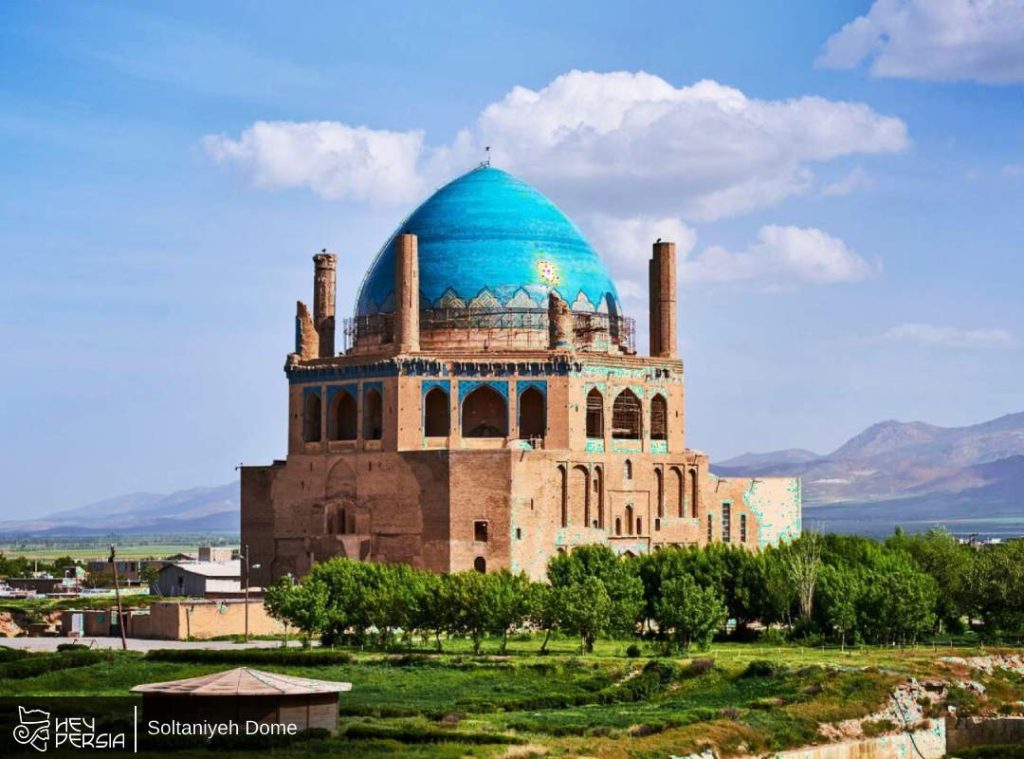
The Taj Mahal in Agra, India, captivates with its white marble, symmetrical design, and grand dome, constructed in the 17th century under the Mughal Empire. Iran’s Soltaniyeh Dome in Zanjan Province, a UNESCO World Heritage Site built in the 14th century during the Ilkhanid period, inspired this style. Art historian A.U. Pope praised Soltaniyeh as a precursor to the Taj Mahal for its architectural brilliance.
- Similarities: Both structures boast a grand central dome atop a symmetrical octagonal base, adorned with intricate tilework and Islamic calligraphy. Soltaniyeh’s turquoise dome and slender minarets echo the Taj Mahal’s elegant silhouette, while vibrant geometric patterns and faience enhance their interiors.
- Persian Influence: Persian architects shaped the Taj Mahal’s design, drawing from Ilkhanid and Safavid styles. Soltaniyeh’s innovative double-shell brick dome directly influenced the Taj’s structure, showcasing Iran’s leadership in Islamic architecture.
- Unique Features: The Taj Mahal honors Mumtaz Mahal as a mausoleum, while Soltaniyeh enshrines Ilkhanid ruler Oljaytu. Soltaniyeh’s vibrant turquoise exterior, a signature of Persian design, contrasts with the Taj’s white marble elegance.
2. The Parthenon famous landmarks (Greece) and Persepolis (Fars, Iran)
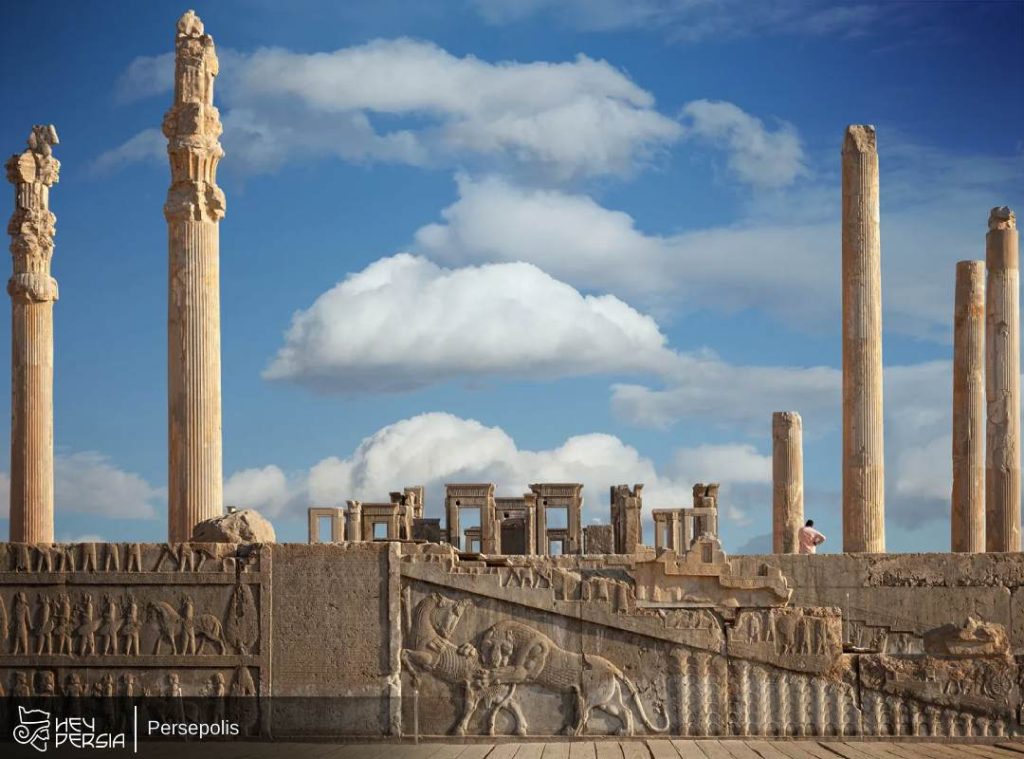
The Parthenon in Athens, Greece, a 5th-century BCE temple, dazzles with its Doric columns and monumental scale. Iran’s Persepolis, the Achaemenid Empire’s ceremonial capital near Shiraz, founded by Darius I in 518 BCE, commands similar awe with its majestic design.
- Similarities: Both complexes feature towering stone columns and intricate bas-reliefs that narrate cultural and political stories. Persepolis’ Apadana Palace, with its soaring columns and grand staircases, mirrors the Parthenon’s imposing presence as a symbol of civic pride.
- Persian Distinction: Persepolis celebrates the Achaemenid Empire’s diversity, with reliefs depicting tributes from various nations, unlike the Parthenon’s focus on Greek mythology. Its Gate of All Nations and Hall of a Hundred Columns emphasize imperial might, distinct from the Parthenon’s religious role. Check the Persian literiture as well.
- Cultural Significance: Both UNESCO World Heritage Sites embody their civilizations’ zenith. Despite Alexander the Great’s destruction of Persepolis in 330 BCE, it endures as a testament to Persian architectural mastery.
3. Piazza San Marco (Italy) and Naqsh-e Jahan Square (Isfahan, Iran)
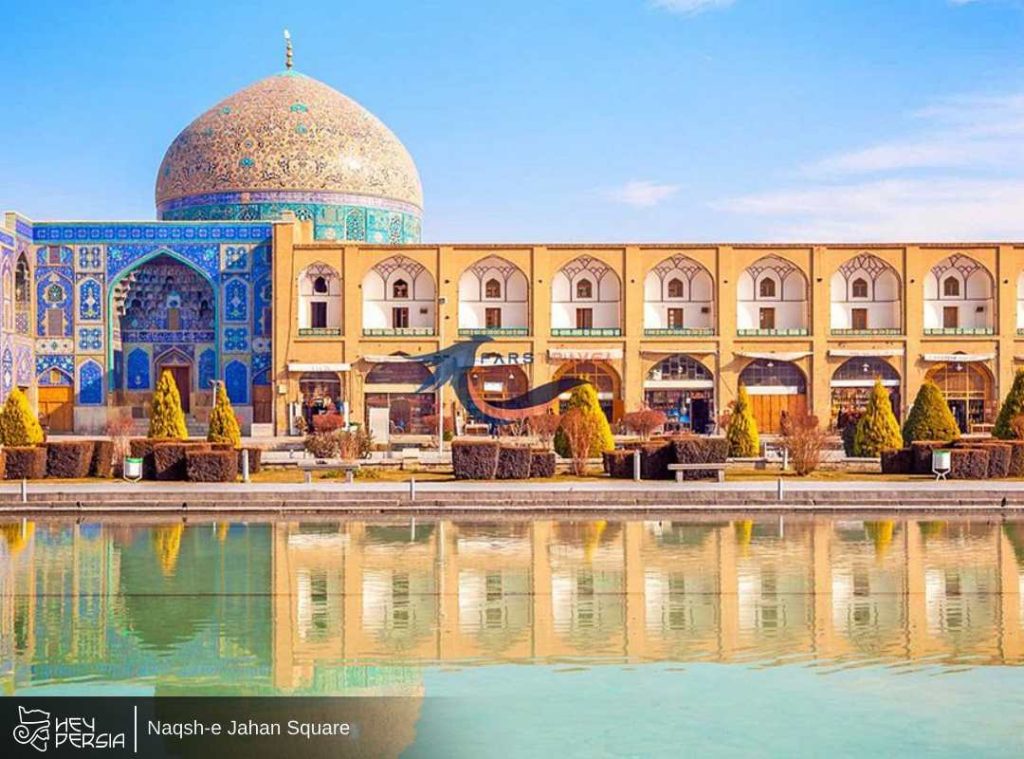
Famous landmarks of Piazza San Marco in Venice, Italy, thrives as a vibrant public square framed by St. Mark’s Basilica and the Doge’s Palace. Iran’s Naqsh-e Jahan Square in Isfahan, a UNESCO World Heritage Site built in the 17th century during the Safavid era, matches this grandeur with famous landmarks in Iran like the Imam Mosque and Ali Qapu Palace.
- Similarities: Both squares anchor their cities’ cultural and social life, surrounded by architectural masterpieces. Naqsh-e Jahan’s intricate tilework and soaring domes rival the ornate facades of Piazza San Marco, hosting ceremonies and gatherings with equal splendor.
- Persian Character: Naqsh-e Jahan, one of the world’s largest city squares, integrates Persian iwans (vaulted halls) and bustling bazaars, unlike Venice’s Gothic and Byzantine styles. The Sheikh Lotfollah Mosque’s delicate tilework adds a spiritual depth absent in Piazza San Marco.
- Historical Role: Naqsh-e Jahan once hosted royal polo games and markets, much like Piazza San Marco’s civic and religious events. Both squares continue to draw global visitors as living cultural hubs.
4. The Blue Mosque famous landmarks (Turkey) and the Imam Mosque (Isfahan, Iran)
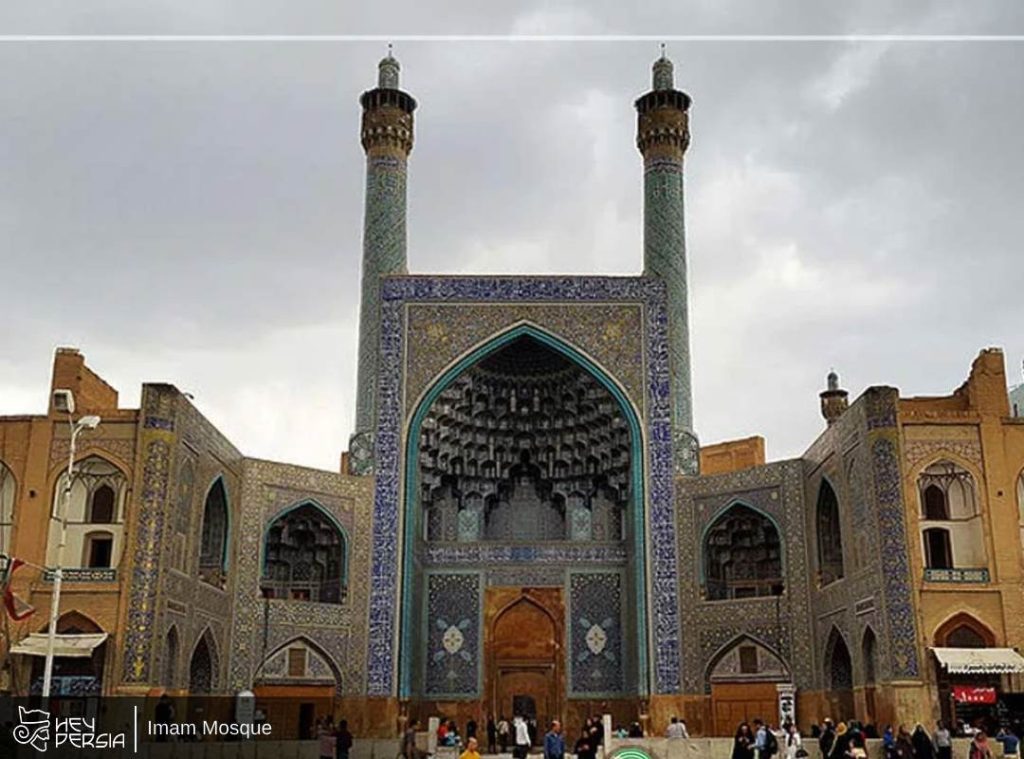
The Blue Mosque in Istanbul, Turkey, dazzles with its blue tiles and grand domes, built in the early 17th century under the Ottoman Empire. Iran’s Imam Mosque (also called Shah Mosque) in Isfahan, constructed during the same period by the Safavid dynasty, reflects a similar Islamic architectural brilliance.
- Similarities: Both mosques feature expansive courtyards, towering minarets, and intricate blue and turquoise tilework. Their domes and iwans create spiritual grandeur, with acoustic designs amplifying the imam’s voice, especially in the Imam Mosque.
- Persian Flair: The Imam Mosque’s seven-color mosaic tiles and calligraphic inscriptions embody Persian geometric harmony, distinct from the Blue Mosque’s Iznik tiles. Its role within Naqsh-e Jahan Square ties it to a broader urban vision, unlike the Blue Mosque’s standalone prominence.
- Cultural Impact: As UNESCO World Heritage Sites, both mosques draw pilgrims and visitors, embodying the artistic and religious heights of their empires.
Conclusion
Finally, Iran actively constructs famous landmarks that echo global landmarks, from the Soltaniyeh Dome’s influence on the Taj Mahal to Naqsh-e Jahan Square’s kinship with Piazza San Marco. These sites blend Persian innovation with universal design, showcasing Iran’s pivotal role in shaping and mirroring world heritage. Exploring these Iranian counterparts reveals a vibrant dialogue between civilizations, inviting visitors to appreciate Persia’s architectural legacy.

